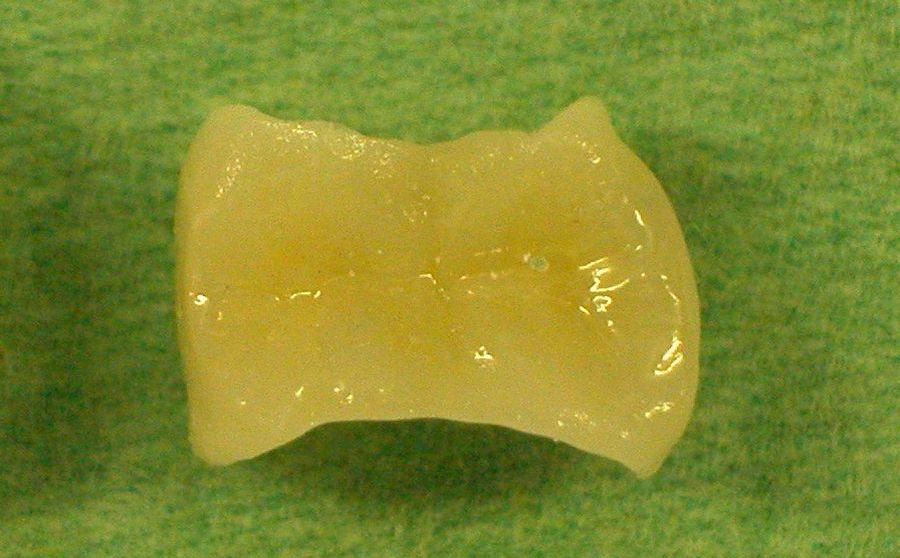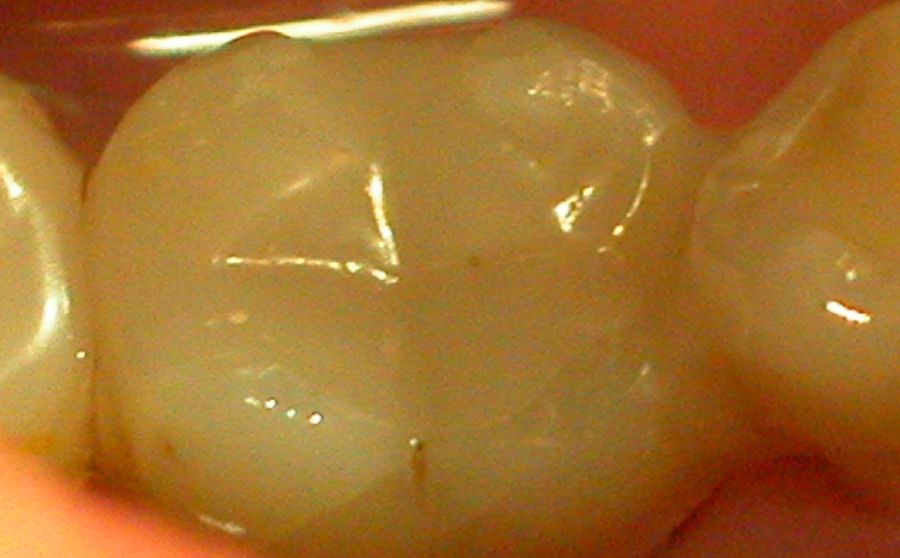Dental filling
Dental fillings are generally used to treat damage in the tooth resulting from caries after the tooth has been cleaned or cut with special dental burs.
Amalgamfilling
One of the oldest filling material to fill teeth with is amalgam. This filling consists of silver and copper powder mixed with mercury and at first it has a silvery colour but later it becomes blackish as a result of oxidation. According to the World Health Organisation its use is acceptable and it is being used in most European countries. It is not toxic but due to aesthetic reasons or to allergy to metal it may be replaced with a more aesthetic solution (a filling or an inlay).
Dental composites (white fillings)
Today – apart from some extreme cases – it is possible to prepare a white,
aesthetic filling. In case of small and medium-sized caries white fillings made of dental
composites (materials consisting of plastic polymers setting hard at a
special wave-length light) may be used. Apart from being more aesthetic it has an other
advantage: it attaches to the tooth and therefore a smaller amount of sound tooth material
has to be removed when the tooth is drilled. Generally this kind of filling is made of more
than one layer, in case of larger cavities it may be combined with a white filling of a
different shade (e.g. a glass ionomer material) with the administration of a so-called
‘sandwich-technique’, consequently its preparation takes more time and needs greater precision
than that of an amalgam-filling.
After the filling is made often - as a side effect - an increased sensitivity of the teeth can
be experienced when chewing, to warm and to cold substances and it sometimes only passes in weeks.
Temporary fillings
Temporary fillings may be made of various materials depending on what the purpose is, for how long these should serve and are limited as regards aesthetic and functional purposes. When the suggested time passes they should be replaced with permanent fillings and when they get damaged they need to be repaired or replaced.
Inlay
When the cavity is larger than medium-sized and if we wish to apply a tooth colour solution a better result may be reached with an inlay or an onlay. These are prepared by a dental technician (based on an impression taken at the dental surgery) and can be made of gold, composite (plastic) or ceramics (porcelain). The inlays and onlays are attached to the teeth in one piece.

Ceramic inlay from above

Bottom of ceramic inlay

Fixed ceramic inlay